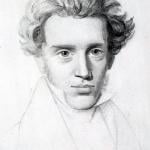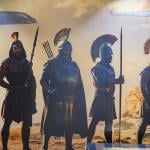Genesis 6:8 says that Noah “found favor in the eyes of Yahweh.” In the following verse, we’re told that Noah was a righteous man (tzadiyq), blameless in his generations,” and this assessment is reiterated in 7:1, which records Yahweh’s statement, “you alone I have seen to be righteous before Me in this time.” How does all thing hang together? Does Noah find favor because He is righteous? Was Noah Good? is the question that Carol Kaminski explores in her recent monograph... Read more















